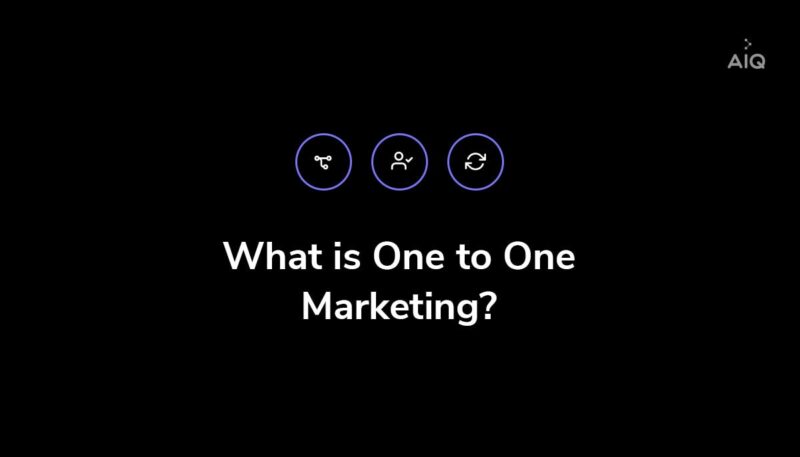ActionIQ’s New Ways of Working

Office-first or remote-first? That is the question these days, and there’s no lack of passion about it. Some sides argue that remote workers have no hustle, whereas others claim the office is a relic of the past.
Fortunately, at ActionIQ, we have a passion for data — and so we use data to guide us in answering complex questions like this one. We collected inputs from both external sources and our own employees, sat down and started analyzing. Some themes quickly emerged:
- Generally speaking, productivity from remote work (at least in its narrow definition) seemed to be fine. Products were being shipped and deals were being closed. In fact, ActionIQ grew tremendously over the past year, which culminated in our recent $100M Series C funding.
- Members of teams that meet daily and have close working relationships have continued to work well together. However, relationships across teams have suffered — even for teams in the same department. That became evident both anecdotally and also by analyzing (anonymized) communication patterns.
- Productivity was highest when it came to executing existing strategies that already had consensus and momentum. On the other hand, managing change and executing strategic shifts became harder. This was partially because communication in a fully remote environment is very prescribed, happens through formal documents or meetings and there are very few opportunities to add context or color outside of them. It’s also hard to provide casual feedback outside of formal channels of communication and chain of command.
- In our own surveys, our employees told us that remote work was best for individual-focused work, whereas the office was best for everything else. When we looked at how much focused work different teams were doing, it tended to account for 20-40% of their time, with some people doing more (e.g., individual contributors in engineering) and some less (e.g., people in sales).
Taking all of the above into account, we started wondering what a “best of both worlds” approach would look like. We came to the conclusion that the value of the office seems to be around the following three areas:
- Helping our employees build relationships and exchange information beyond their immediate team(s)
- Driving innovation that results in new strategies or shifting old strategies — both in terms of coming up with the new strategy or just communicating it, getting feedback on it and managing the shift
- Having fun! Some people think that work is just work, but pre-pandemic ActionIQ was a place where people would make new friends, socialize with colleagues during lunches and happy hours, and get to know their coworkers beyond the code that they write or the deals that they close
At the same time, working from home brings significant advantages. To name a few:
- Reduced commuting time means more time that can be spent either on work or on family/friends/hobbies.
- Fewer distractions and meetings is amazing for churning out focused work (assuming the home provides a good working environment, which isn’t true for everyone).
- Geographic flexibility (assuming a comfortable environment, fast internet and time zone-proximity to coworkers) provides employees the opportunity to work while visiting family, friends or just beautiful places.
Of course, like most companies, we have certain employees that are fully remote — and they’ve been some of the most productive workers we’ve ever had. But the reason this has worked is that we’ve been very deliberate about which teams and which roles should be fully remote. And these employees, too, will benefit from a strong central or regional office they can visit periodically to build relationships and context.
Given the above data and analysis, we came up with a new way of working at ActionIQ. First, we still consider ourselves to be office-first and have signed a lease for a phenomenal new office space at 11 Madison Avenue in New York City. It’s a single-floor, 40K-square-foot office located in one of the most iconic Art Deco buildings in the Flatiron District, and it comes complete with 270-degree views of the city and ample light for every desk. This office provides a great environment, amazing food choices in the neighborhood, many transportation options and a place where employees, candidates, customers and prospects can come together to work, learn, build relationships and have fun!
Secondly, we wanted to keep some of the remote-work benefits listed above. So we decided to ask most employees to come into the office three days a week and work from home up to two days a week. This 60-40 breakdown reflects the amount of collaboration versus focused work we measured (on average and for most teams). In addition, the three office days are the same for everyone — specifically Mondays, Wednesdays and Thursdays. Tuesdays are WFH/meeting-free days and Fridays are also WFH.
There are companies that mandate the number of days per week employees must work from the office but leave it up to employees to decide. So why are we picking the days for everyone? Three important reasons:
- The goal of the office is to build cross-team relationships. If every team is in the office on different days, it defeats the purpose.
- We wanted the office to be full of energy and a place where you can expect to meet up with your colleagues. We found from others that tried more flexible models that when individuals don’t know who else or what teams will be in the office, they are less inclined to come in and the energy in the office suffers.
- By having designated days for in-office work versus working from home, we can optimize our time together and our time apart. We can do things like declare Tuesdays a “no meeting” day — allowing everyone to do focused work while working remotely — and encourage more meetings, collaboration and socialization when we’re in person in the office (e.g., our all-hands meetings will be taking place on Thursdays in the late afternoon, followed by a happy hour and social events). It’s really hard to have “no meeting” days that are different for different teams since most of our meetings involve cross-team collaboration.
In addition to designated WFH days, we spent some time thinking about the “work from anywhere” option. During the pandemic many of our employees worked from places that were close to family, friends or maybe just offered great weather. We wanted to preserve the benefit of people being able to work from a different place, if they so desire, while sticking to the principle of having our employees in the office at the same time as much as possible.
Our solution was to designate two “seasons” every year when employees can work from anywhere 100% of the time for up to four weeks. We’ll offer one WFA season in mid-/late-summer and one in mid-winter. This is independent of PTO, but employees may decide to combine WFA with PTO as they see fit. For example, an employee may decide to visit family in California in December, work from their parents’ home for three weeks and then follow that up with one week of vacation before coming back to the office in early January.
There are a few other aspects of our new ways of working that, unfortunately, we have no space to cover here. But hopefully this gives you a sense of how we’re approaching a very complex question. Our aim is to be as thoughtful as possible, to preserve the best of both worlds and give our employees flexibility while fostering an environment where they can have fun and be their best.
Have questions? Contact ActionIQ here.





